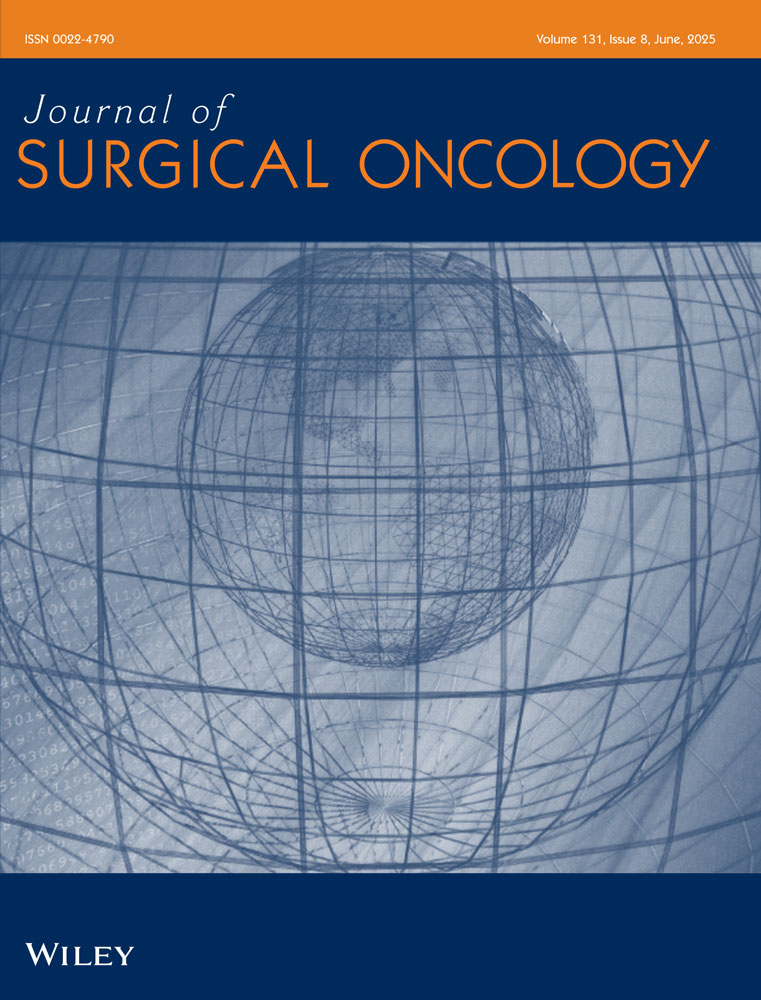Comparison of laparoscopy-assisted by conventional open distal gastrectomy and extraperigastric lymph node dissection in early gastric cancer
Abstract
Background and Objectives
Laparoscopy-assisted gastrectomy with lymph node dissection for gastric cancer is considered technically more complicated than the open method. Moreover, the safety and efficacy of laparoscopy-assisted distal gastrectomy (LADG) with extraperigastric lymph node dissection in patients with gastric cancer have not been established yet. To evaluate short-term surgical validity, surgical outcome of the laparoscopy-assisted distal gastrectomy (LADG) with extraperigastric lymph node dissection was compared with that of the conventional open distal gastrectomy (CODG) in patients with early gastric cancer.
Methods
One hundred and forty-seven patients with early gastric cancer received radical distal gastrectomy during 2002 and 2003, where LADG was undergone in 71 patients. The clinicopathologic characteristics, postoperative outcomes and courses, and postoperative morbidities and mortalities were compared between the two groups. Data were retrieved from the stomach cancer database at Dong-A University Medical center.
Results
Baseline characteristics, including sex, age, body mass index (BMI), American Society of Anesthesiology (ASA) class, tumor size, T stage, and lymph node metastasis were similar between the two groups. No significant differences were found between these groups in terms of the number of retrieved lymph nodes with respect to D1 + α (D1 + no. 7) and D1 + β (D1 + no. 7, 8a, and 9) lymphadenectomy. In the LADG group, wound size was smaller (P < 0.0001), but operation time was longer (P = 0.0001) than in the CODG group. Perioperative recovery was faster in the LADG group than in the CODG group, as reflected by a shorter hospital stay (P = 0.0176) and less times of additional analgesics (P = 0.0370). Serum albumin level in LADG was higher (P = 0.0002) on day 7 than that in CODG, and the leukocyte count in LADG lower (P = 0.0445) on day 1 than that in CODG. Postoperative morbidities and mortalities were not significantly different between the two groups.
Conclusions
Our data confirmed that LADG with extraperigastric (no. 7, 8, and 9) lymph node dissection proved to be feasible and acceptable surgical technique for early gastric cancer. At least taking a surgical point of view, LADG with extraperigastric lymph node dissection is suggested to be a preferred surgical option for patients with early gastric cancer. Its oncologic validity awaits larger and prospective multicenter trials. J. Surg. Oncol. 2005;91:90–94. © 2005 Wiley-Liss, Inc.




